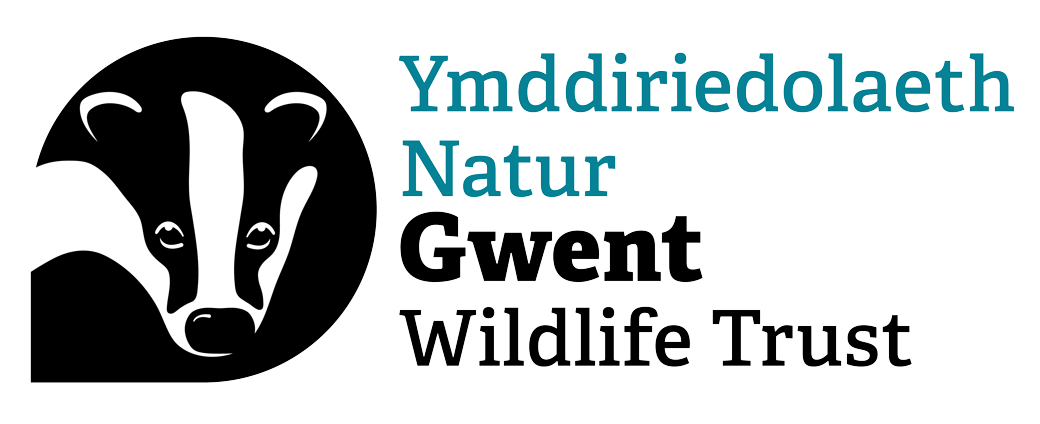Search
Chwilio
Home Education
House martin
As its name suggests, the house martin can be spotted nesting in the eaves of houses in our towns and villages. Its intricate mud nests take days to build and are often returned to and used in…
Free the beaver! A new vision for beavers in England and Wales
The Wildlife Trusts say: end enclosures and take action for beavers to be wild
Horseradish
Horseradish is used as a well-loved condiment. This member of the cabbage family is actually an introduced species in the UK, but causes no harm in the wild.
Gwent Wildlife Trust’s newest nature reserve is open!
Bridewell Common Nature Reserve on the Gwent Levels was officially opened by Craig Bennett, Chief Executive of the Wildlife Trusts at a special event on June 20th.
Sand dunes
Sand dunes are places of constant change and movement. Wander through them on warm summer days for orchids, bees and other wildlife, or experience the forces of nature behind their creation - the…
Common glasswort
Sometimes called 'Marsh samphire', wild common glasswort is often gathered and eaten. It grows on saltmarshes and beaches, sometimes forming big, green, fleshy carpets.
Raven
The raven is famous for being the imposing, all-black bird that guards the Tower of London. Wild birds live in forests, and upland and coastal areas in the north and west of the UK.
Water-cress
Water-cress has become so popular as a salad addition that it is now cultivated on a wide scale. In the wild, it grows in shallow, fast-flowing streams and is an indicator of clean water.
Rock dove
The wild rock dove is the ancestor to what is probably our most familiar bird - the feral pigeon, which is often found in large numbers in our towns and cities.
Beavers in Wales, what do YOU think?
Last spring people across Wales were asked to share their views on beavers living in the wild in Wales and the results are now in!
